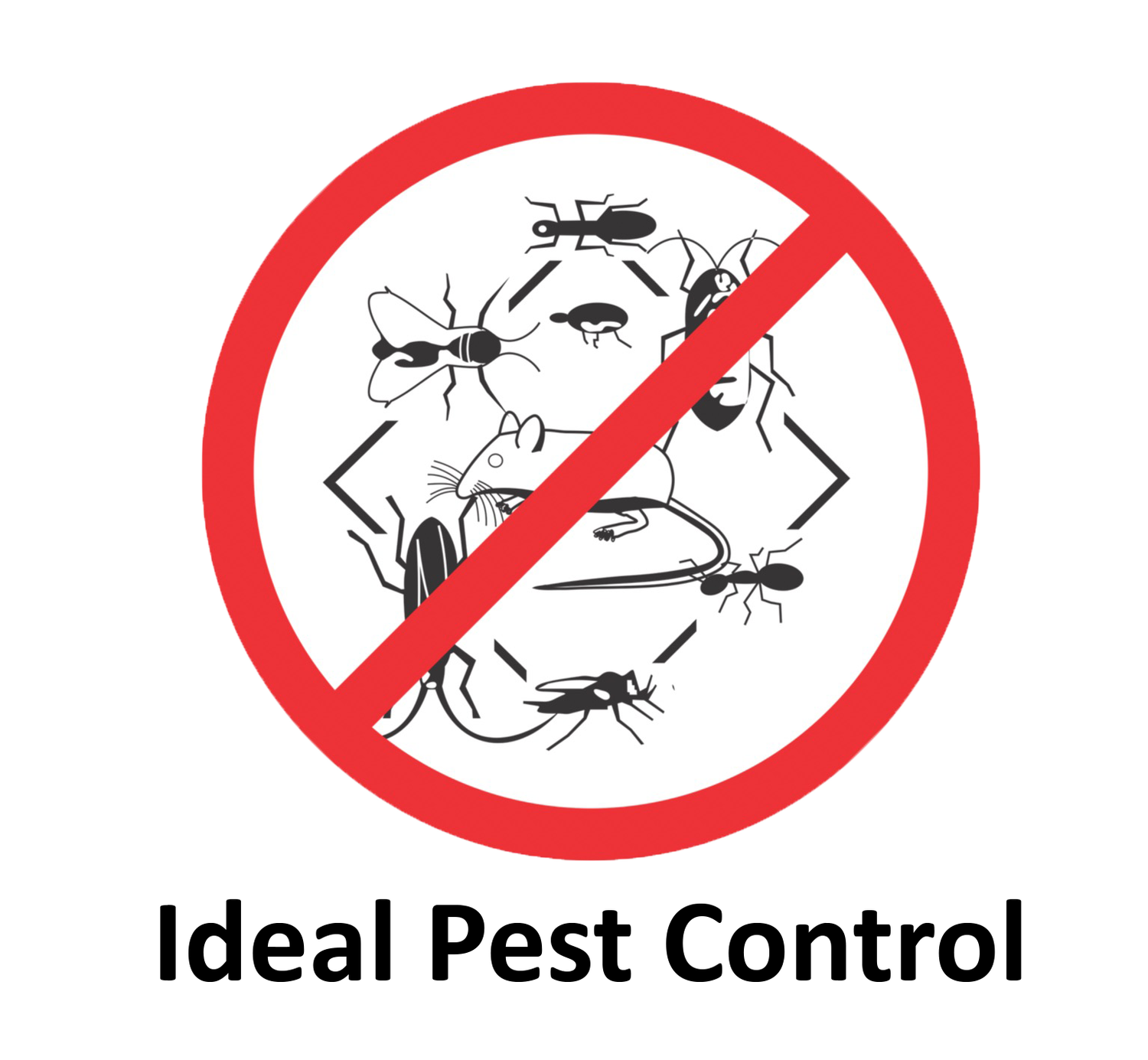Rats
Rats can get into a home through a hole about the size of a quarter. Rats damage structure, chew wiring and cause electrical fires, eat and urinate on human and animal food and carry many diseases. Rats rely mainly on smell, taste, touch and hearing because of poor vision.
Rats carry so many health related problems they should never be ignored. You can become infected by exposure to their droppings, and the flu-like first signs of sickness (especially fever and muscle aches) appear one to six weeks later, followed by shortness of breath and coughing. Once this phase begins, the disease progresses rapidly, necessitating hospitalization and often ventilation within 24 hours. Prevention is the best strategy.
The main rat species in BC are the Roof Rat and the Norway Rat.
Norway Rat
Size: between 12 1/2" to 17" from nose to tail.
Color: dull brown.
Unique Characteristics: The Norway rat - also known as the brown rat is larger and more aggressive than the Roof Rat. The nose is blunt with small ears and small eyes. The tail is shorter than the head and body combined.
The young rats reach sexual maturity in 2-3 months. The female averages 7 litters per year with 8-12 pups per litter. Adults live about one year and they live in colonies. The Norway rat generally prefers to live in underground tunnels. Their nesting burrows on the outside are often along the foundations of walls. As the rat family grows, more burrows are built resulting in lots of underground tunnels. Inside buildings, Norway rats commonly nest on the lower levels but while the population grows, they may go in attics and ceiling areas.
Rats are nocturnal with their peak activity taking place at dusk or before dawn. When the population is large or the colony is hungry and disturbed, activity can take place during the day too.
Control: The usage of snap traps for inside problems and poisonous bait for outside problems. Also, any necessary blocking of entry points.
Roof Rat
Size: Up to 18 inches long from nose to tail.
Color: black or brown.
Unique Characteristics: The roof rat is also called the black rat. It is slimmer than the Norway rat and has larger ears. The tail is longer than the combined length of the body and head. Roof rats’ nests are usually in the ceilings and attics. They are also good climbers and can climb up the inside and outside of pipes. Roof rats can climb wires as well. Female rats have up to 7 litters per year of 8-12 pups per litter.
Control: The usage of snap traps for inside problems and poisonous bait for outside problems. Also, any necessary blocking of entry points.
Looking for a Rodent Control Program?
We offer One-time, Bi-weekly, Monthly, Quarterly and Custom monitoring/ baiting open-contract programs based on your desired needs for both businesses and homeowners. Contact us Today for a free quotation!












